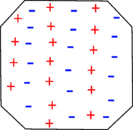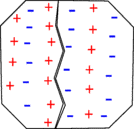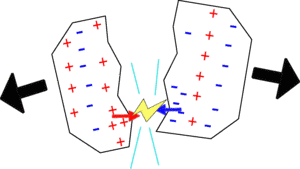Make a tennis ball bounce much higher than the height you dropped it from using a neat piece of physics.
What you need
| A tennis ball or another light bouncy ball |
| A basket ball or another large heavy very bouncy ball. |
What to Do
Hold the tennis ball directly on top of the basket ball, and then try to drop both balls together as smoothly as possible onto a hard surface. Make sure you stay a long way away from anything delicate!
What may Happen
You should find that the tennis ball bounces far higher than the height it was dropped from.
What is going on?
If you drop a ball it will only ever bounce up nearly as high as it was dropped from. However if you drop two balls more interesting things can happen. The basketball hits the ground and bounces first so the the tennis ball hit the basketball coming back up. This is like hitting it with a tennis racket so it bounces off much faster than it was coming down and it flies up into the air.
|
|
|
|
The two balls start dropping together | The balls speed up as they fall. | The basketball bounces first so the tennis ball hits the basket ball coming upwards. | The tennis ball bounces off the ball like off a tennis ball. |
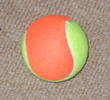
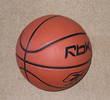

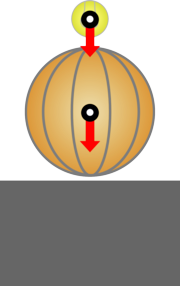
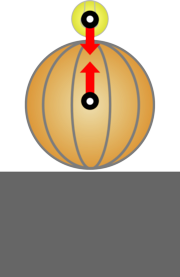
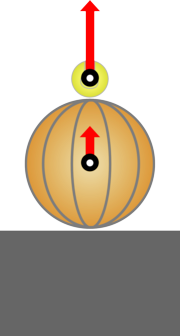
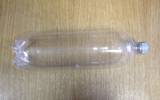
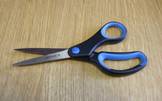
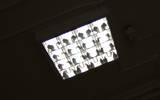
 Cut a roughly circular piece of plastic out of the lemonade bottle, from the part of the bottle just below the neck that is curving in two directions at once. You should end up with a dish shaped piece of clear plastic.
Cut a roughly circular piece of plastic out of the lemonade bottle, from the part of the bottle just below the neck that is curving in two directions at once. You should end up with a dish shaped piece of clear plastic. 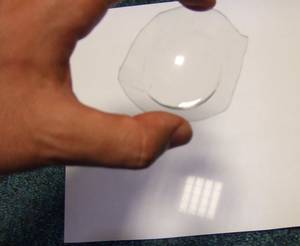

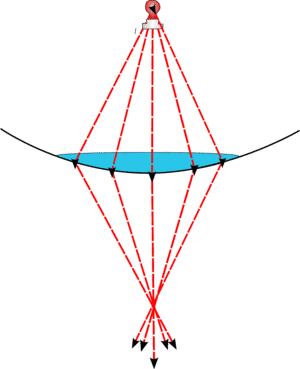
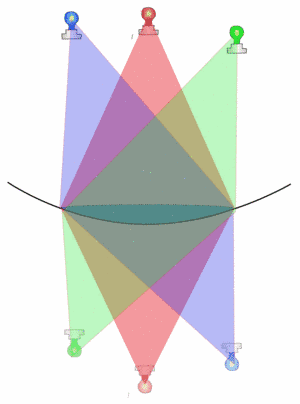
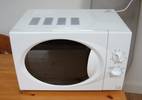

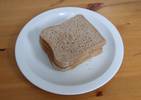
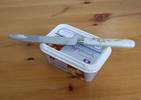
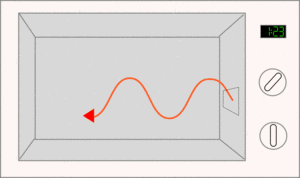
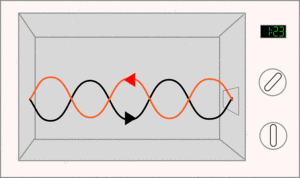
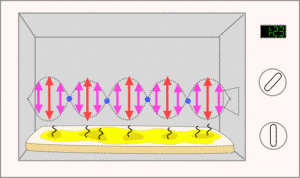



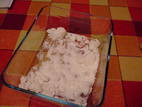
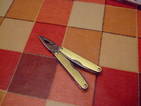
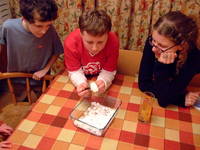 Get the Pliers and a lump of sugar somewhere you can find them in the dark.
Get the Pliers and a lump of sugar somewhere you can find them in the dark. 